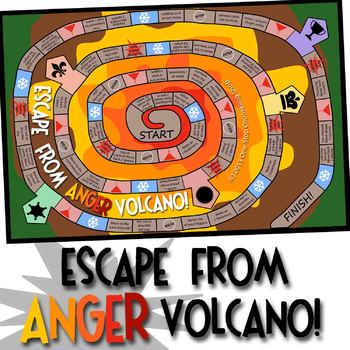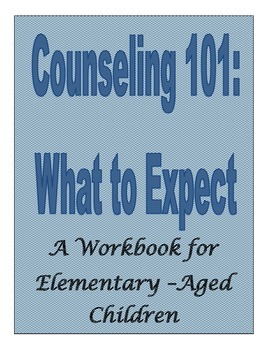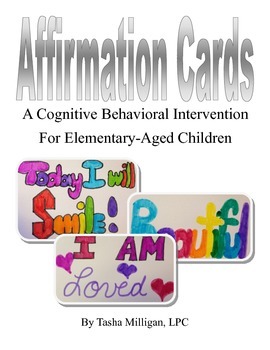Pinterest is full of counseling ideas! The only problem is that you have to wade
through tons of ideas to find the brilliant ideas that really work. These are my favorite Pinterest links, which
I think you will like, too!

First, there is the free “Don’t Be an Angry Bird” book. This is my go-to tool when I first begin
working with kids who have temper problems.
I love that it gives them lots of coping skills to immediately start
using. It is also cute and holds their
attention. I have had so many kids come
in and ask for another book because they lost the first one. This tells me they are using it!

Another favorite is “Escape from Anger Volcano”. I paid $7 to download it from Teachers Pay
Teachers. If you don’t have an account
with them, get one now! There are so
many good resources. This is a great game and the kids I work with LOVE
it! The down side is that it takes quite
a bit of ink to print and some work to laminate the board and all the
cards. It is worth it, though.
Similar to Escape from Anger Volcano is No Temper Treasure
Island. It was made by Marco
Products. I paid around $15 plus
shipping for it. The picture above is
poor quality, but the game board actually looks pretty decent. Every time a player lands on a jewel space on
the board they get a card. Who ever
collects the most jewels by the end of the game wins. It teaches coping skills, empathy, locus of
control… This one also has been a hit
and often requested.
I also really like AngriesOut.com. There are some interactive videos on there
that help kids get a better understanding of anger and how to cope with
it. There are lots of articles and resources
on the website as well.









